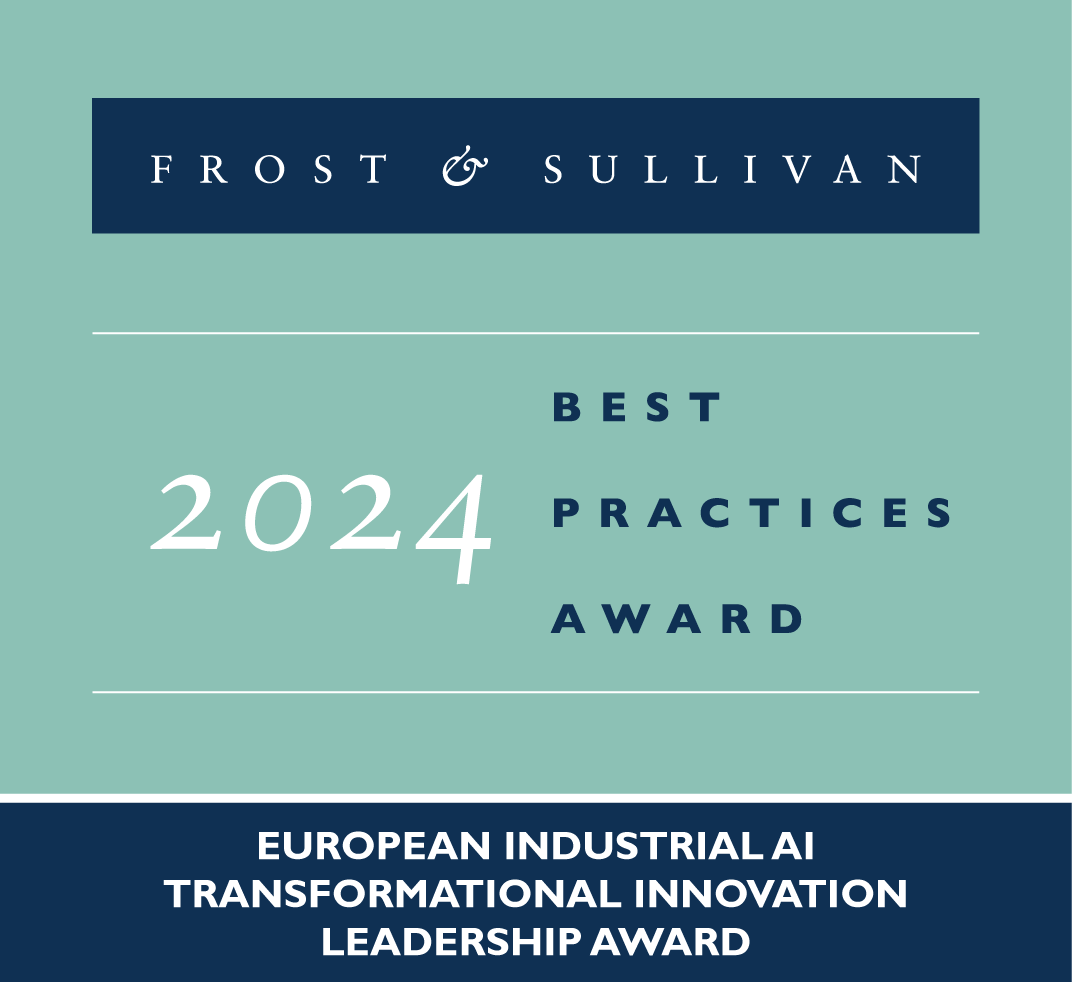In an era of digital innovation, multiple forces are catalyzing change across the unified communications and collaboration (UCC) landscape, especially for government organizations and education services. Today, end user’s adoption of emerging technologies, growth in office and campus modernization initiatives, and the need to improve communication and collaboration between employees is intensifying the pressure on providers to optimize communications workflows, improve service efficiency, automate decision-making, and develop robust collaboration tools customized for both these verticals.
Supercharging Internal and External Communications in the Government Sector
Government agencies are racing towards digital transformation, transitioning away from legacy systems like SMS and paging. This modernization effort necessitates prioritizing data integrity and regulatory adherence, especially when considering the broader scope of regulated government services. This shift provides growth opportunities for providers to help their government clients look beyond linear communications and to enhance inter-and-intra-agency communication tools by prioritizing the following:
- User-centric and personalized citizen/customer engagement.
- Innovative applications like AI chatbots, robotic process automation (RPA), and collaborative workspaces.
- Collaboration platforms and tools to enhance inter- and intra-agency communication.
Consequently, the challenge of aligning and managing IT and UCC investments across diverse technology ecosystems — including legacy systems, on-premises infrastructure, and cloud-based solutions — is growing increasingly complex.
Which growth opportunities will help UCC providers personalize their solutions and cater to the evolving needs of heterogeneous government buyers?
For a deep dive into growth opportunities and new developments in UCC for Government Organizations, click here.
Leveraging Digitized Communication Tools to Make Education More Interactive
Dynamic advancements in education technology (Edtech) combined with the rise of blended learning, emerging delivery channels, and innovative content formats, are pushing UCC providers to enhance the efficacy of knowledge sharing between teachers, students, and administrators. Now, as education IT leaders look more closely at the financial impact of technology investments, providers are sharpening their focus on:
- Virtual reality (VR) and augmented reality (AR) to deliver more immersive, visual, adaptive, and practical learning experiences.
- AI for curating content and automating communications workflows, thereby minimizing the time users spend on repetitive, manual processes.
- Electronic whiteboards, interactive displays, and improved video conferencing to support one-to-many, one-to-one, and peer-to-peer teaching.
How will your teams strategize to navigate growth barriers and UCC implementation challenges in the education vertical?
To know more about growth opportunities and customer priorities in UCC for the education sector, click here.
What’s Spurring Transformation in Conventional Workflows
As both government organizations and education services march towards digitalization, factors like better access to data and analytics, the proliferation of AI-powered automation, new developments in integrated cybersecurity, and cloud-based collaboration are supercharging the following workflows to create new growth opportunities:
Is your organization equipped to capitalize on the various disruptive technologies driving this transformation?
Growth Opportunities in UCC for Government Organizations
Government organizations face multiple obstacles in their digital transformation initiatives, stemming from the siloed nature of public services, persistent security challenges, compliance requirements, network reliability concerns, and the need for modernizing outdated legacy systems. Now, UCC providers focusing on addressing these pain points by leveraging the following opportunities can better position themselves for sustained revenue growth:
- Innovative UCC Software Applications like business mobile voice and data services, team spaces and group chats, cloud/on-premises video conferencing, cloud/mobile private branch exchange (PBX), and cloud contact centers.
- Next-Generation UCC Devices like dedicated personal video conferencing devices, professional headsets, room-based video conferencing systems, business-grade webcams, and feature-rich desktop IP phones.
- Cloud-Based Telephony Solutions that fit seamlessly into hybrid infrastructure and facilitate artificial intelligence (AI)-powered features.
Growth Opportunities in UCC for Education Services
The COVID-19 pandemic accelerated the integration of technology into the education sector. The increased reliance on digital tools has introduced significant challenges, including heightened security risks, budgetary pressures, system integration difficulties, and a widening digital skills gap. To effectively address these challenges, UCC providers must assist education organizations in prioritizing the following opportunities:
- Scalable Cloud Services that ease the transition from legacy PBX and public switched telephone network (PSTN) communications to cloud-based calling, recording, archiving, and contact centers.
- Modernizing Underlying Infrastructure by focusing on hybrid telephony environments, next-generation communications reporting and analytics software, cloud-based fax, immersive video conferencing, and desktop/ mobile softphones.
- Communications Platform-as-a-Service (CPaaS) and flexible application programming interfaces (APIs) for consolidating platforms and reducing complex workloads.
In summary, amid an evolving digital landscape, next-generation UCC solutions are unlocking transformative growth in government and education verticals, empowering seamless communication and enhanced collaboration. By embracing innovation and addressing key challenges with disruptive technologies, UCC providers can fuel growth, drive efficiency, and guarantee competitive differentiation.
About Frost & Sullivan
Frost & Sullivan, the growth pipeline company, enables clients to accelerate growth and achieve best-in-class industry positioning in terms of innovation and leadership. The company’s ‘Growth Pipeline-as-a-Service’ provides corporate management teams with transformational strategies and best-practice models that catalyze growth opportunity generation, evaluation, and implementation. Let us coach you on your transformational journey, while we actively support you in fostering collaborative initiatives within the global UCC ecosystem. This journey is fueled by four powerful components, ensuring your success in navigating dynamic business and industry landscapes.
- Schedule a Growth Dialog with our team to dive deeper into transformational strategies and explore specific needs within your company.
- Become a Frost Growth Expert in your area of specialization and share your expertise and passion with the community through our think tanks.
- Join Frost & Sullivan’s Growth Council and become an integral member of a dynamic community focused on identifying growth opportunities and addressing critical challenges that influence industries.
- Designate your company as a Companies to Action to maximize your exposure to investors, new M&A opportunities, and other growth prospects.




